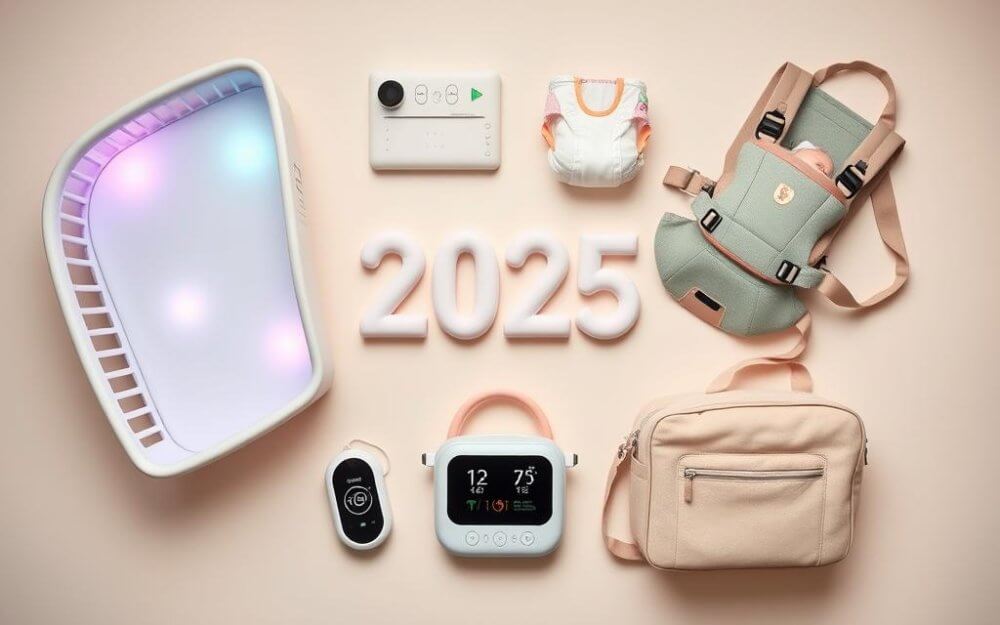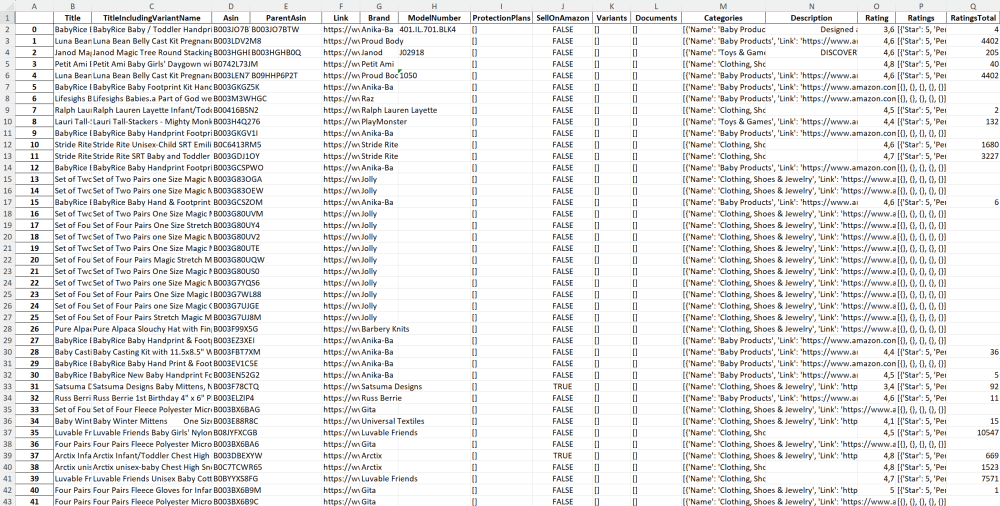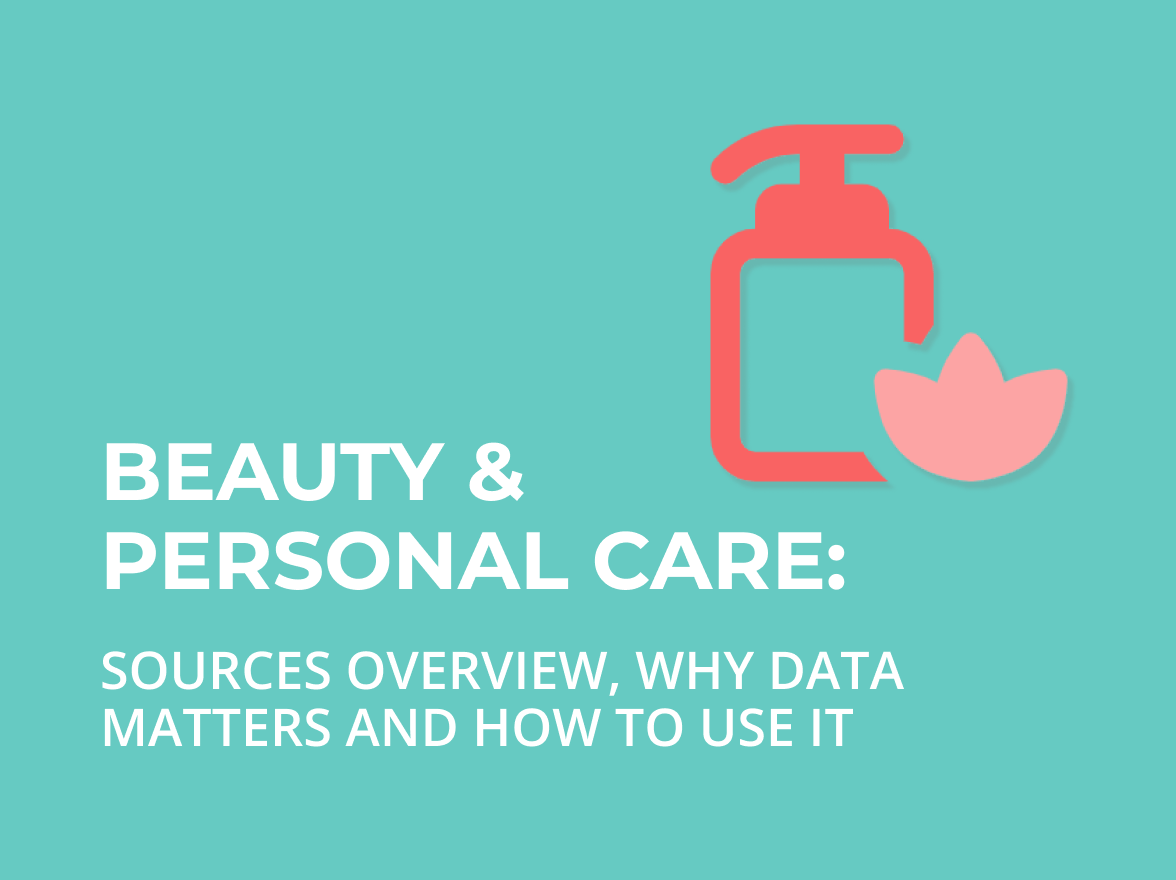Beauty & Personal Care: Sources overview, why data matters, and how to use it
The Beauty & Personal Care market is rapidly evolving — fragmented across private-label drugstores, prestige specialists, and fast-scaling e-commerce platforms.
Do you know how many babies are born every day?
On average, around 385,000 babies are born daily worldwide, according to estimates from the United Nations and the World Health Organization.
That’s roughly 2.7 million every week and more than 10.7 million every month.
It’s fair to say — the baby products market is enormous, constantly fueled by a never-ending stream of new customers.
Did you know how many stroller brands exist worldwide? Hundreds! Some are positioned as the “iPhones of strollers” — sleek, premium, and trendsetting — like Cybex, Bugaboo, or UPPAbaby.
If your company operates in this market, you already know how important it is to keep up with the latest trends, consumer preferences, and innovations to stay competitive.

How do you achieve this?
By analyzing competitors, tracking product types, and monitoring market share — all guided by real-world, up-to-date data rather than guesswork.
The most efficient way to do this is by using high-quality, comprehensive datasets.
A well-structured dataset can contain:

Datasets can be built from international marketplaces or local retail platforms depending on your target market.
Global examples:
Local examples:
Identify best-sellers by region and segment.
Example: Stokke dominates the premium stroller category in Europe, while budget-friendly models from Babyhug lead in Southeast Asia.
Spot recurring praise or complaints in reviews.
Example: Parents love the sleek design of Brand X strollers but often complain about their weight — valuable insight for product improvement.
Understand how demand evolves.
Example: A sudden spike in searches for eco-friendly diapers in the U.S. signals a trend shift towards sustainability.
Compare regional pricing strategies.
Example: Competitor Y sells a car seat €20 cheaper in Germany but €15 more expensive in France — an opportunity to adjust your pricing.
Identify emerging product categories before they go mainstream:
At SSA Group, we provide ready-made and fully customized e-commerce datasets designed specifically for the baby products market.
What sets our datasets apart:
From pricing and availability to market share trends and consumer sentiment, our datasets empower businesses to move from information → insight → action.
📌 Explore more: SSA Group E-commerce Datasets
The baby products industry is huge, fast-moving, and highly competitive.
To win in this market, you need reliable, structured, and up-to-date data that helps you understand customer needs, spot opportunities, and respond faster than competitors.
With SSA Group’s dataset solutions, you can turn information into action — and action into results.
Contact us today to get started.

The Beauty & Personal Care market is rapidly evolving — fragmented across private-label drugstores, prestige specialists, and fast-scaling e-commerce platforms.

When we talk about ecommerce, most minds immediately picture flashy gadgets, fashion, or home décor. But behind the scenes lies a titan of a category – Industrial & Scientific – quietly powering manufacturing, healthcare, research labs, infrastructure, and even backyard workshops.
you're currently offline